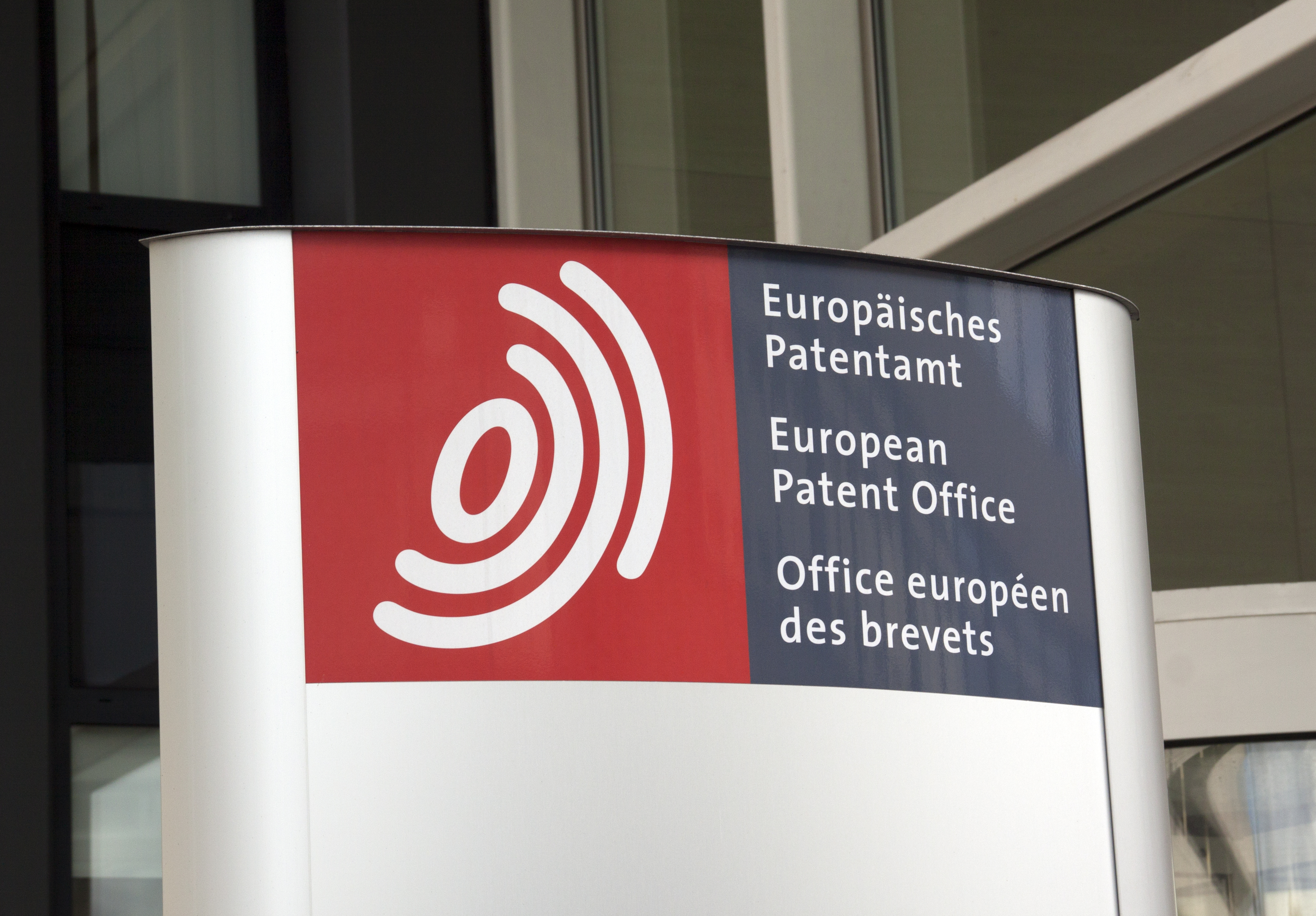Recent Boards of Appeal Decisions on Added Matter: Holding up the Standard
“Recent decisions by the EPO’s Boards of Appeal again underscore the strict enforcement of Article 123 (2) to maintain the high standard it defined for added matter and original disclosure.”
The European Patent Office’s (EPO) Boards of Appeal have displayed a stringent approach towards added subject matter in recent decisions, particularly in comparison to other jurisdictions. This stringency is rooted in the provisions of Article 123(2) of the European Patent Convention (EPC), which prohibits amendments that extend beyond the content of the original patent application. The primary objective is to maintain the correlation between the granted patent’s scope of protection and the technical disclosure initially provided in the application.
The Boards of Appeal adhere to several key principles when assessing added subject matter:
- Literal Support: Amendments are generally allowed if there is explicit support for the added subject matter in the application as filed. The Boards scrutinize the original disclosure to ensure that the amended claims are directly and unambiguously supported by the description, drawings, and claims of the initial application.
- Implicit Disclosure: In some cases, an amendment may be permissible if the skilled person would directly and unambiguously derive the added subject matter from the original disclosure, even if it is not explicitly mentioned. This relies on the concept of the “implicit disclosure” standard.
- Intermediate Generalization: The Boards consider whether an amendment introduces an “intermediate generalization,” which involves isolating specific features from a more detailed original disclosure. Such generalizations may be allowed if they do not result in a new technical teaching that goes beyond the original content.
- Overall Assessment: The Boards perform a comprehensive assessment of the entire application to determine if the amendments maintain the balance between protecting the legitimate interests of the patentee and ensuring legal certainty and clarity for third parties.
T 1137/21 (Zeolitic Material/BASF) 16-06-2023
The patent was revoked as the Board treated a combination of features from dependent claims as a selection from several longer lists. The decision emphasized the need for direct disclosure of relevant combinations in the application, especially for preferred examples.
Claim 1 of the main request read: (in bold the amendments from the dependent claims)
-
- A process for the post-treatment of a zeolitic material, the process comprising
(i) providing a zeolitic material, wherein the framework structure of the zeolitic material comprises SiO2 and Al2O3; (Claim 13)
(ii) subjecting the zeolitic material provided in (i) to a method comprising
(a) treating the zeolitic material with an aqueous solution having a pH of at most 5, wherein the aqueous solution comprises an organic acid and/or an inorganic acid; (Claim 4)
(b) treating the zeolitic material obtained from (a) with a liquid aqueous system having a pH in the range of 5.5 to 8 and a temperature of at least 75 °C for a period in the range of from 1 h to 24 h (from two different ranges in claim 9), wherein the liquid aqueous system comprises at least 90 weight-% water; (Claim 11)
wherein in (ii) and after (b), the zeolitic material is optionally subjected to at least one further treatment according to (a) and/or at least one further treatment according to (b); wherein the pH of the aqueous solution according to (a) and the pH of the liquid aqueous system according to (b) is determined using a pH sensitive glass electrode, wherein the zeolitic material provided in (i) has a LEV, CHA, MFI, MWW or BEA framework structure. (Claim 17)
None of the dependent claims as originally filed had been inserted in claim 1.
In spite of examples (still) falling under claim 1, the board didn’t see sufficient pointers to the selection of claim 1 as “these examples are not sufficient as a pointer to the specific selection defined in claim 1 since they fall under the most preferred options of the various parameters and ranges”.
Jurisprudence (see for example T 407/10) refers to further circumstances that need to be considered, such as pointers to that selection or combination in the description and in the examples, for instance the fact that the features in question have been mentioned in the description as “preferred”.
The takeaway from this decision is that the combinations of features that are relevant for the (preferred) examples should be directly and unambiguously disclosed in the application and not only as part of a number of lists. One possibility would be to include disclosure to the examples stating the selection taken for each example: “In example A, X=Al, Y=O, the solution […]”.
T 2171/21 07-11-2023
In this case, the Board emphasized the difference between conceptual and individualized disclosure, rejecting a selection from three lists leading to 48 possible combinations as “non-direct”. The decision aligned with previous jurisprudence, considering such selections as added matter.
The Board explicitly explained how such combinations should be drafted:
“a difference exists between the conceptual disclosure of a number of possible combinations and the individualised disclosure of specific combinations. While the former might be a more economical way of drafting a patent application, it does not necessarily allow the skilled person to derive each and every individual combination directly and unambiguously.”
The Board further decided that a selection from three lists leading to 48 combinations is per se not direct:
“To arrive at the claimed subject-matter, the skilled person has to select one element from each of the three lists and combine the three, or they have to „compute“ all possible combinations (48 in this case) and discard 47 of them. Neither approach can be considered to lead to subject-matter disclosed directly and unambiguously in the earlier application as filed. The former manner, i.e. the selection from three lists, cannot be seen, due to the repeated necessity for making selections, as resulting in subject-matter derivable from what is directly at the disposal of the skilled person. The latter, due to the step of computing, is not direct.”
Claim 1 “singled out” an individual combination, which in line with the decision G 2/10 by the Enlarged Board of Appeal (and in accordance with T 2273/09, T 783/09 and T 3035/19) and in the absence of a pointer to that particular combination has to be regarded as added matter.
T 0314/23 (A Prosthetic Valve Frame) 01-12-2023
The patent was revoked due to an omission of features, considering it as added matter. The takeaway is to ensure all options are disclosed independently and in combination.
The discussed feature of claim 1 reads: “the frame (102) is made up entirely of hexagonal cells”.
The disclosure indicated that “the frame comprises a homogeneous pattern of hexagonal cells” and in paragraph [0054] a definition of the term „homogeneous pattern“ is given, namely:
“The frame 102 in the illustrated embodiment has what can be referred to as a ‘homogenous‘ pattern of hexagonal cells, meaning that the frame is made up entirely of hexagonal cells and does not include any struts that do not form part of one of the hexagonal cells, except for any struts that extend axially away from the inflow end or outflow end for mounting the frame to a delivery apparatus”.
The opposition division and the Board considered the omission of the underlined features as added matter (intermediate generalization).
The takeaway for drafting applications is (again) to make sure that all options are disclosed independently and in combination. In this case, for example, one solution in drafting the application would have been combining the feature “does not include any struts” with an “and/or” or disclosing the combinations separately.
T 2908/19 (Hyaluronic Acid-based Formulations) 14-11-2023
The patent was revoked as the claim lacked a basis in the application, emphasizing the importance of clarity in drafting to avoid inconsistencies between claims.
In more detail the patent was revoked as claim 1 as granted required the average molecular weight to be calculated using a specific equation, which had no word-for-word basis in the application as originally filed.
Claim 1 as originally filed was faulty, but the mistake was not obvious. The board stated:
“There is no apparent reason why a skilled person would have considered claim 1 to be faulty. There is indeed an inconsistency between claims 1 and 13 as originally filed, but either claim could be at the bottom of the discrepancy. A skilled reader could have considered that claim 1 needed to be read differently, but they must not necessarily have done so.”
An obvious mistake in a patent application must be so obvious to a skilled person that the skilled person doesn’t have to ponder possible, different solutions to the mistake. If there are any specific calculations, systems etc. it is advisable for the drafting process to have them double (or triple) checked by several inventors, as they cannot be corrected in the later proceedings.
Draft Carefully
Recent decisions by the EPO’s Boards of Appeal again underscore the strict enforcement of Article 123 (2) to maintain the high standard it defined for added matter and original disclosure. Patent practitioners should carefully draft applications, ensuring explicit and comprehensive disclosure of all options, combinations, and relevant features to minimize the risk of losing patent protection in Europe due to added matter.
Image Source: Deposit Photos
Author: Joeppoulssen
Image ID: 86141172






